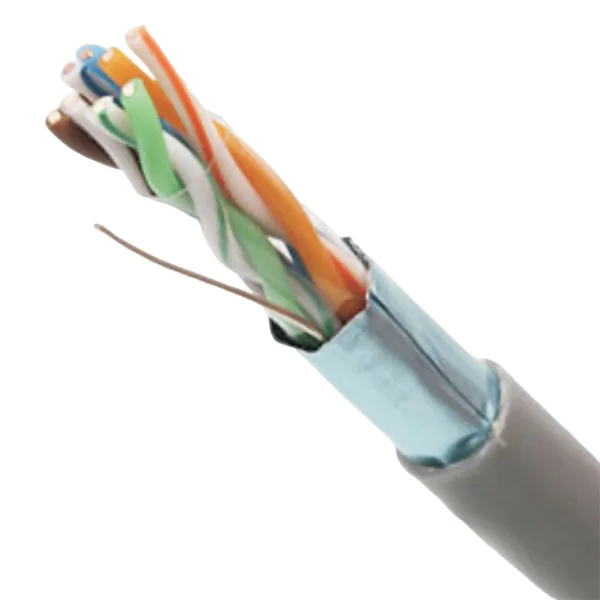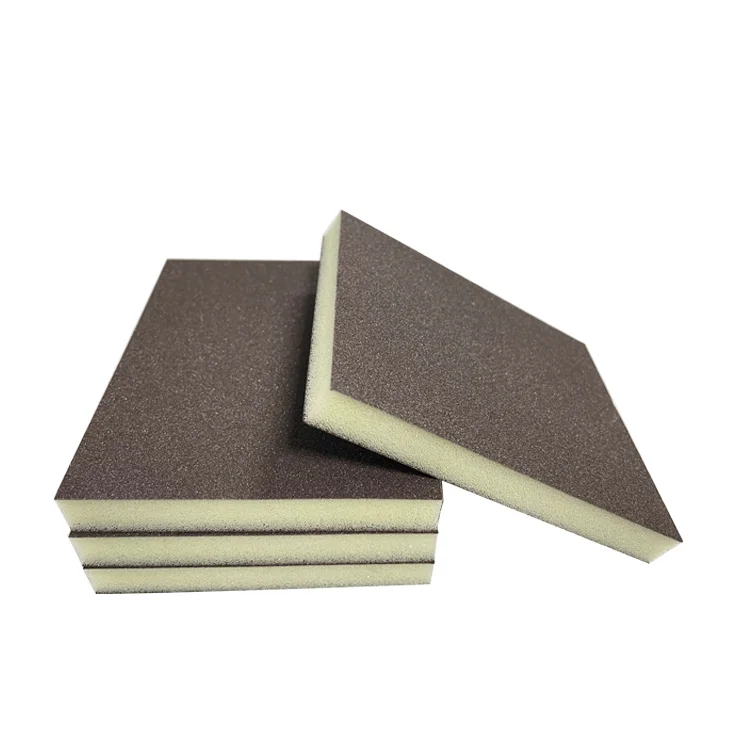Turbo lag is a term that often surfaces in discussions about turbocharged engines, yet it remains a source of confusion for many automotive enthusiasts and casual drivers alike. This phenomenon, characterized by a delay in power delivery when the accelerator is pressed, can significantly impact the driving experience. To fully grasp what causes turbo lag, it is essential to delve into the mechanics of turbocharging, the factors contributing to lag, and potential solutions to mitigate its effects.
Understanding Turbocharging
Turbocharging is a method used to enhance an engine's efficiency and power output by forcing more air into the combustion chamber. This is achieved through a turbine driven by exhaust gases, which spins a compressor that draws in and compresses ambient air. The result is a denser air-fuel mixture, leading to improved combustion and increased power. However, this system is not without its drawbacks, the most notable being turbo lag.
What Causes Turbo Lag?
Turbo lag primarily arises from the time it takes for the turbocharger to spool up and generate boost pressure. Several factors contribute to this delay:
- Inertia of the Turbocharger: The turbocharger consists of a turbine and a compressor, both of which have mass. When the driver accelerates, the exhaust gases must first overcome the inertia of the turbine before it can spin fast enough to produce boost. This initial delay is a significant contributor to turbo lag.
- Exhaust Gas Flow: The efficiency of exhaust gas flow plays a crucial role in turbo lag. If the engine is not producing sufficient exhaust gases—often due to low RPMs or inadequate throttle input—the turbocharger will not spool effectively. This is particularly evident in smaller engines that may struggle to generate enough exhaust flow at lower speeds.
- Turbocharger Design: Different turbochargers have varying designs, which can influence their responsiveness. Larger turbos, while capable of producing higher power outputs, often take longer to spool up compared to smaller, more responsive units. This is a classic trade-off between power and responsiveness.
- Engine Tuning and Management: The engine's tuning can also affect turbo lag. If the engine management system is not optimized for turbo operation, it may not provide the necessary fuel and timing adjustments to facilitate quick spool-up. Additionally, factors such as throttle response settings can influence how quickly the turbocharger reacts to driver inputs.
- Intercooling and Airflow Restrictions: The presence of an intercooler is essential for maintaining optimal air temperatures, but it can also introduce additional lag if not properly sized or if airflow is restricted. Any obstruction in the intake or exhaust system can delay the turbo's ability to spool up effectively.
Mitigating Turbo Lag
While turbo lag is an inherent characteristic of turbocharged engines, several strategies can be employed to minimize its impact:
- Turbo Selection: Choosing the right turbocharger is crucial. Smaller turbos can provide quicker spool times, making them ideal for applications where responsiveness is prioritized over peak power.
- Twin-scroll Turbos: These designs separate the exhaust flow from different cylinders, allowing for more efficient gas flow and quicker spool times. Twin-scroll turbos can significantly reduce lag while maintaining high power outputs.
- Variable Geometry Turbochargers (VGT): VGTs utilize adjustable vanes to optimize exhaust flow at various RPMs, allowing for quicker spool-up and improved efficiency across a broader range of engine speeds.
- Engine Tuning: Optimizing the engine's ECU settings can enhance throttle response and improve the overall efficiency of the turbocharging system. This includes adjusting fuel maps and ignition timing to ensure the turbocharger receives the right amount of exhaust gases as quickly as possible.
- Reducing Exhaust Restrictions: Upgrading exhaust systems to reduce back pressure can help improve turbo response. A less restrictive exhaust allows for quicker evacuation of exhaust gases, facilitating faster spool-up.
- Boost Control Systems: Implementing advanced boost control systems can help manage the turbocharger's performance more effectively, allowing for quicker adjustments to boost levels in response to driver inputs.
Conclusion
Turbo lag is a complex phenomenon influenced by various mechanical and design factors. Understanding its causes allows automotive enthusiasts and engineers to make informed decisions when selecting and tuning turbocharged engines. By employing strategies to mitigate turbo lag, drivers can enjoy a more responsive and exhilarating driving experience. As turbocharging technology continues to evolve, the automotive industry is likely to see further innovations aimed at minimizing lag and maximizing performance, making turbocharged engines an increasingly attractive option for performance-oriented vehicles.



